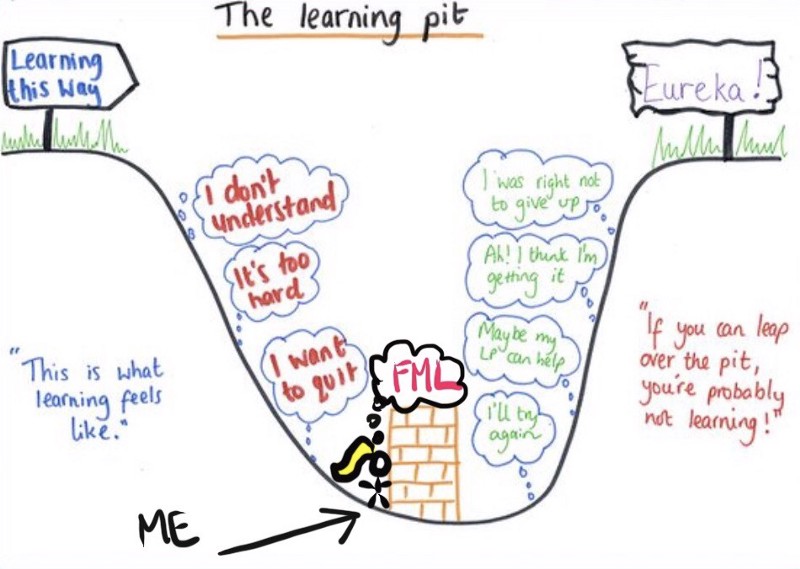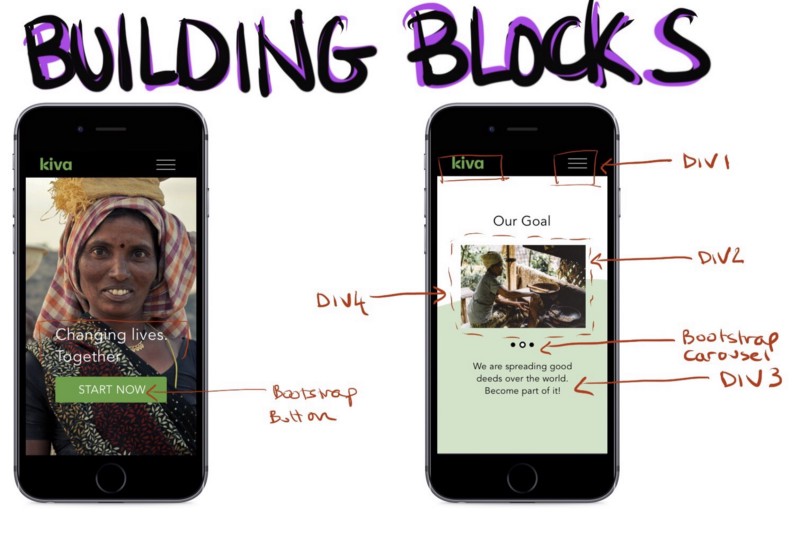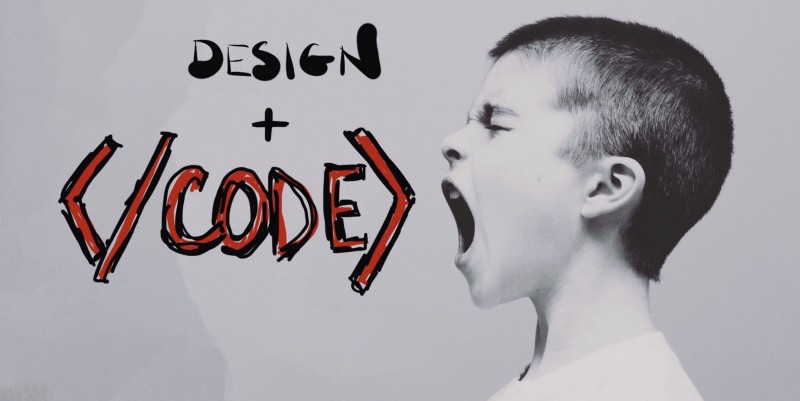by Allie Vogel

How hating code made me a better designer.
Product Design through a technical looking glass
Four months ago, I left my cushy San Francisco gig at LinkedIn to learn to code.
As an aspiring designer, I didn’t have a clue about how web products were built. Coding was the next logical step to pursuing this goal.
I started my intensive coding bootcamp not knowing the difference between programming logic and markup, and I most certainly couldn’t tell you the difference between client side and server side code (or even what those terms meant).
Needless to say, the learning curve was painful.

Now, as I interview for Product Design roles, I realize that learning to code was undoubtedly the right decision for me. As I tackle design challenges, I consistently recognize my “coding hat” in full motion as I dissect problems. Here are a few key lessons that have come out of my experience:
Keep things simple
Coding is about writing clean, legible and functional programs that can execute a series of micro-tasks. Overall, the problems you’re trying to solve are big.
In the past, upon starting a design project, I felt overwhelmed by the ambiguity of what I was designing. Coding taught me to break up every problem into small micro-bites that are executable as individual functions.
Now, as I approach a design problem, I start by looking at the collective whole with the confidence that the pieces can be chipped away, bit by bit.
Pro-tip: As you wireframe, think of each element as a component. I’ve started to design from the perspective of a developer by thinking about each component as the building blocks of my application.

Learning how to learn
In the past, when tasked with a problem I was unsure the answer, or asked to use a technology I had yet to touch, I would immediately go into panic mode.
Coding taught me that a human brain can’t possibly store all the information one needs to write in dozens of languages or on multiple operating systems. Programming teaches you the fundamentals of how to think. And for everything else, there’s Google.
Want to program in iOS? Learn PHP? Or design a chatbot? Chances are someone has written about their experience or published their solution to a component of code, or design element you can reference. Break down the pieces of what needs to be done and start your research from there.
Heightened empathy
If you aren’t coming from a computer science or technical field of study like engineering or mathematics, learning a baseline amount of code can bridge so many gaps. It can heighten your understanding of what’s important so you can think from the perspective of a developer as you design your product.
“The most important thing is for designers to develop empathy for how engineers work, and vice versa, so both sides can understand the other’s process and work together efficiently.” — Ryan Scott, Senior Designer, DoorDash
Designing for the technology you are using
Rarely will you wonder: is this possible? Learning the properties of various languages and web frameworks will help you understand the possibilities and limitations within your scope.
Even if you’re still unsure about whether an interaction is achievable, your coding sensibilities will help you figure it out. The first time I saw advanced CSS and JavaScript, a wave of inspiration hit me as I discovered an entire library of interactions at my disposal.
“Understanding engineering constraints allows me to look for effective design solutions.” — Elliot Dahl, Product Designer, Pivotal Labs
Pro-tip: Do your homework. Every language has official documentation. Between that, Stack Overflow, and Google searches, you should be able to find what’s in the realm of possibilities before you present your designs to the development team.
Better communication
Learning to code sequentially teaches you to think like an engineer. Thinking like an engineer builds bridges to form solid communication.
Coding gives you the ability to form a more holistic user experience and articulate your ideas in a way that a technically driven mind will respect.
Countless hackathons and teams later, I’ve learned that a creative is only as a good as their ability to get others to share their vision through the effective articulation of their ideas. Coding has helped me step into this space.
Coding can be infuriating. Until you get over the hump. Then it’s empowering.
I don’t hate coding anymore. I really enjoy it. But the scars from countless battles involving hair-pulling, head-banging frustration have marked me so profoundly that I will forever have the strongest empathy for developers working alongside me.
Through this experience I’ve learned that I don’t have to be a developer to think like one. If you can specialize in kick-ass designs, but have the communication skills to work with your technical partners, you can take your designs to the next level and become a great digital product designer.
